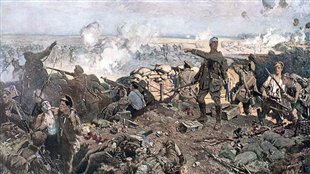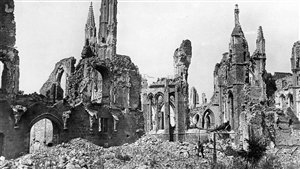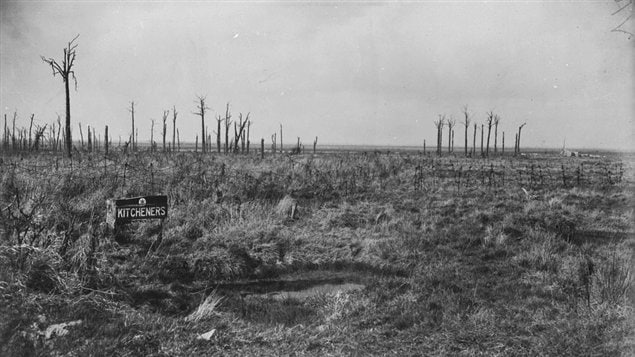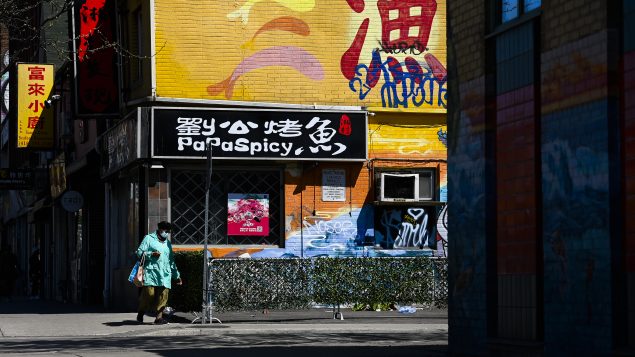This week in April marks the deadly and devastating use of poison gas in WWI. Although the Germans had attempted some limited use of poison gas previously, it was in April 1915 that gas was employed effectively for the first time.

On the 22nd, clouds of chlorine gas drifted from the German side in the second battle of Ypres. In the face of this new weapon, the French forces broke and left a gap in the Allied line several kilometres wide. Beside them in the area known as the Ypres Salient, were the Canadians who had only recently been moved to the front for the first time in the war. In the face of the gas, heavy bombardment and German infantry, the Canadians held their line and fought fiercely to close the gap.
The Canadians then counter-attacked at Kitchener’s Wood, a forest near St Julien and held through the next day. On the 24th, the Germans released tons of the chlorine gas again, this time directly against the Canadians. The Canadians again held the line, and repulsed the attack until reinforcements arrived.

The cost was high with about 2,000 dead and thousands more injured, but in their first major appearance in the war, the Canadians, virtually all of whom had been civilians mere months before, had immediately established a reputation as a formidable and courageous force.







For reasons beyond our control, and for an undetermined period of time, our comment section is now closed. However, our social networks remain open to your contributions.